Let’s Talk Food: Tilapia farming at UH-Hilo
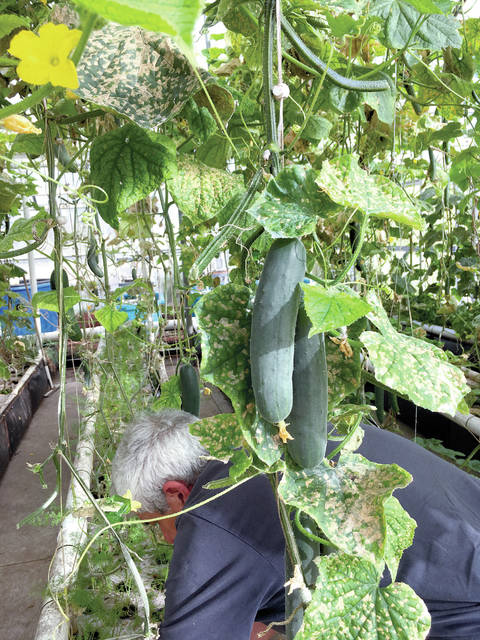
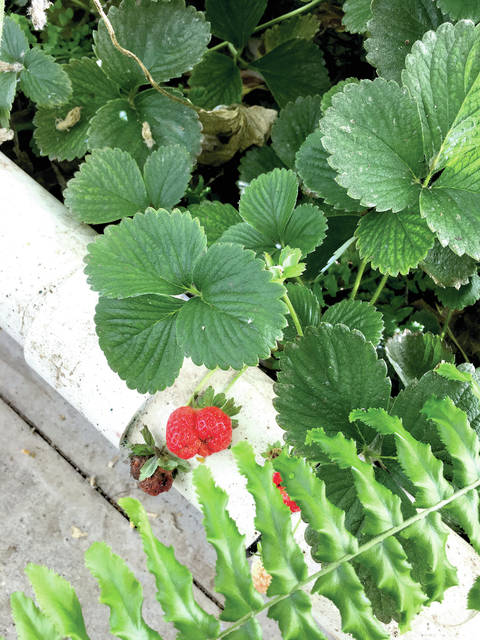
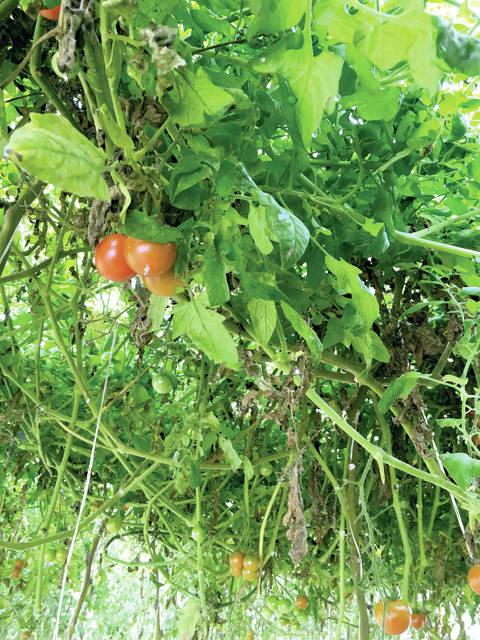
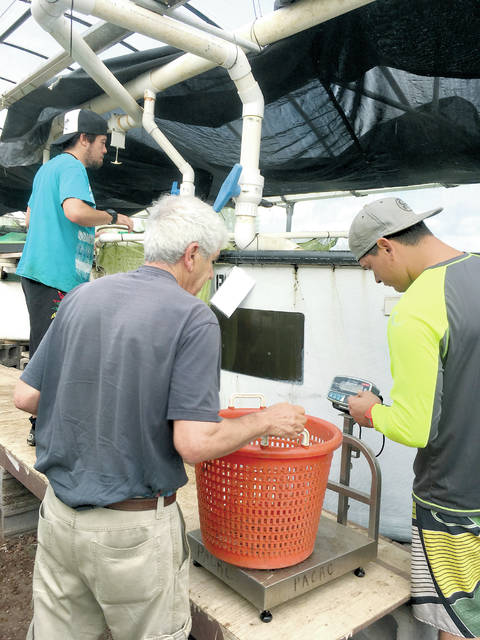
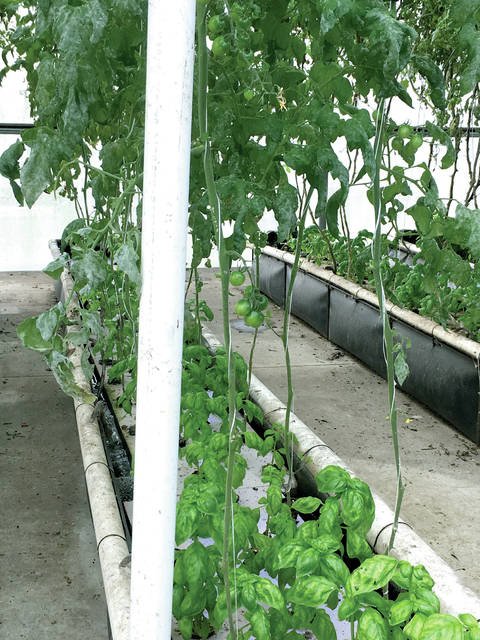
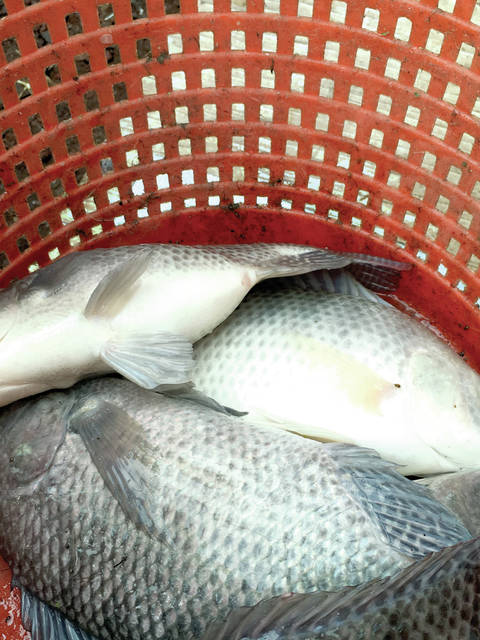
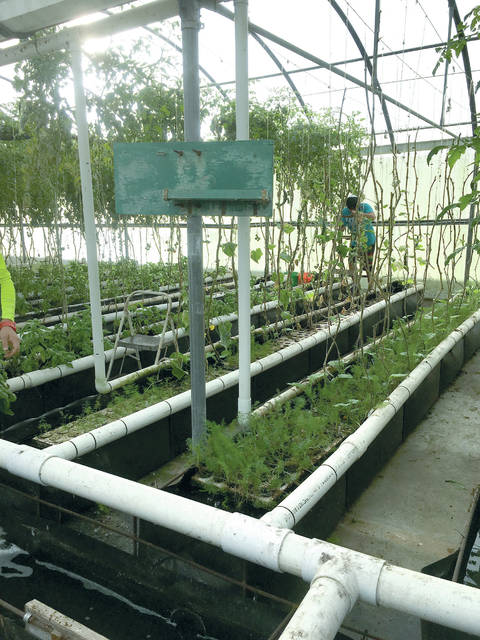
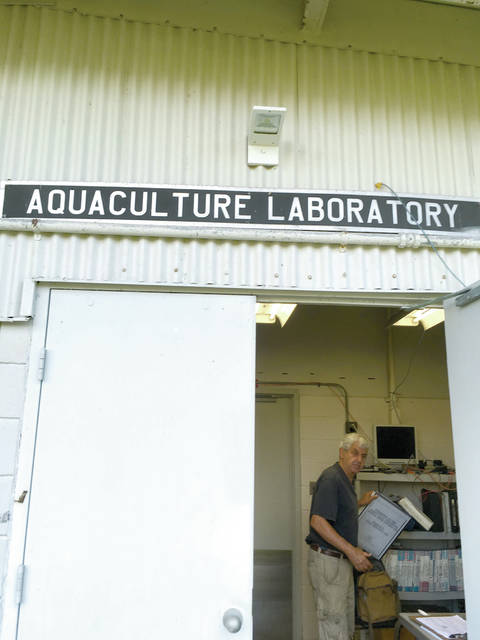
We had a great opportunity to visit the aquaculture laboratory at the University of Hawaii at Hilo facility in Panaewa and met up with Adrian Barnes, the technician in charge of raising tilapia there.
We had a great opportunity to visit the aquaculture laboratory at the University of Hawaii at Hilo facility in Panaewa and met up with Adrian Barnes, the technician in charge of raising tilapia there.
Adrian has done this type of work in tilapia farming and aquaponics for more than 30 years in India and Israel. He is a real jewel for the program as he is so knowledgeable. Running it like a business, Adrian said raising tilapia and the hydroponic vegetables have brought enough income to make it profitable.
ADVERTISING
The day we visited, there was an order for 50 tilapia, all about 8 months old and weighing in at 3 pounds each. One of his assistants had a large net to capture them in the tank, which housed more than 500 fish. All fish for market were males and large and healthy looking. The fish were weighed and taken to another holding tank. There they were kept for one day to starve them so the innards do not rot quickly.
Adrian said because we live on an island and the feed is shipped in, he was experimenting raising different kinds of grass and grains, with the assistance of other University of Hawaii personnel, to make their own feed for the tilapia. His goal was to become totally self-sufficient and not depend on shipped food.
The recycling water system Adrian created is so efficient that they need only to add less than 20 gallons of water a day, unlike many other aquaculture systems that use hundreds of gallons per day.
There were three active tanks for the tilapia that were being well fed and getting ready to be sold. These tanks were hooked up to a sophisticated system to remove the sludge, which in the future will be used to raise taro, and the ammonia-removal tank before the fish water went into the hydroponic system. There were cherry tomatoes, Japanese cucumbers, basil, dill and strawberries being grown.
The tomatoes are presently being sold at Island Naturals under Hilo Aquaponics. They were sweet and delicious, the cucumbers crispy and sweet.
One of the most interesting biological systems was the use of a certain type of spider on the vegetables that took care of all the aphids and white flies that normally were a pest for the tomatoes and cucumbers. These spiders did a great job and there is no need for any type spraying of chemicals to control the pests. Adrian was not sure the type of spider, and needed to ask one of the UH entomologists regarding the species of spider.
So this peaked my interest to start raising tilapia at home. I want to teach our grandson, Quentin, responsibility so he will have the chore of feeding them daily.
Growing your own food does not leave a carbon footprint, there is no residue, except for rich, nutritious fish poop, which can be used for fertilizer for the fruits vegetables in the yard. Tilapia is relatively easy as they are quite resilient, do well in shallow water, do not need much food to grow and grow quickly. However, I did want to raise them in Volcano at one time and must have had them during the winter months because they did not survive the cold weather. I did not have a water heater installed to keep the water at the optimum temperature for them. The tilapia like sunlight and air. They respond best to temperatures of between 82 and 86 degrees and will die if the temperature drops below 45 degrees.
Tilapia will eat a wide variety of plant-based food and insects. They also will eat the algae that naturally occurs in the tank. They will grow faster when fed throughout the day from the pond’s natural ecosystem rather than when fed once or twice a day.
As I stated in last week’s column, tilapia is very popular around the world, and chefs were surprised by the mild taste.
Here is a great recipe for sweet and sour tilapia with some fresh local papaya and pineapple.
Sweet and Sour Tilapia
Serves: 3-4
1 3-pound tilapia, scaled and gutted
Salt to taste
Cornstarch to dust
Vegetable oil for deep frying
Salt and dust fish with cornstarch, place gently in hot oil, fry till brown and crispy on both sides.
Meanwhile, make sweet and sour sauce:
2 cups orange juice
1 cup water
1/2 cup cider vinegar
1 inch piece of ginger, peeled and julienned
1 cup ketchup
Boil the above ingredients together in large pan, add:
1 tablespoon cornstarch dissolved in 1/2 cup cold water
Mix well to thicken sauce, add:
1 red bell pepper, seeded, deribbed and cut into 1/2-inch dice
1 green bell pepper, seeded, deribbed and cut into 1/2-inch dice
1/2 fresh pineapple, peeled and diced
1/2 papaya, peeled and diced
Add the fruits and bell peppers and cook for 4 minutes, till peppers are softened.
Place fish on deep platter, pour sauce with vegetables and fruits over and serve immediately.
Foodie bites
Hawaii Community College’s culinary program’s The Cafeteria and Bamboo Hale are closed this week for spring break. Next week, the Bamboo Hale will feature the European Standard menu and the cuisine of France.
Email Audrey Wilson at audreywilson808@gmail.com.


